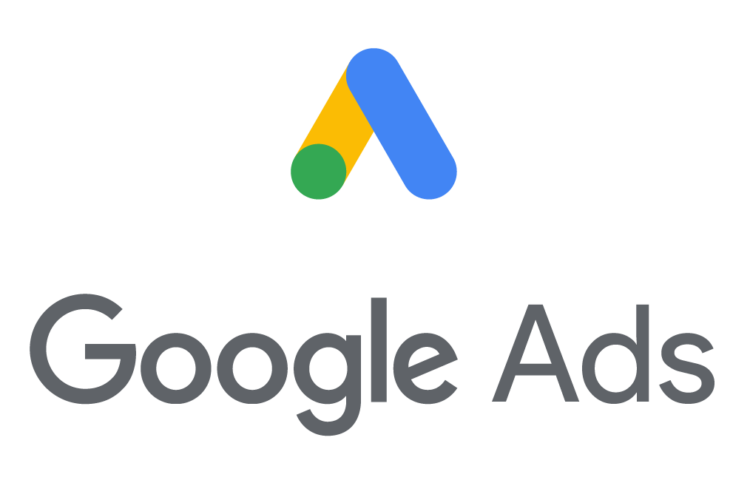
PIM is a great way to improve SEO results. It is this system that is best used for content optimization. But first things first!
What is PIM and how does it work?
PIM is the centralized management of external and internal product information. This software will help you improve your search rankings, which will ultimately help you increase your profits.
For example, the Covid-19 pandemic has greatly accelerated the current trend towards digital markets. According to Flexera’s 2020 State of the Cloud Report, 93 % of enterprises are using a multi-cloud strategy and 87% are using a hybrid cloud strategy.
What functions can PIM perform?
- Data modeling;
- Data quality management;
- Multi-channel publications;
- DAM (digital channel) management;
- Possibility of various integrations;
- Distribution of product data;
- Product feed management.
In simple terms, PIM is responsible for the tools needed to use SEO resources. With its help, you can easily build and implement a successful promotion strategy.
4 SEO Keys

1. Keywords
You need to know what queries your product is being searched for. They are the Keywords. Because your ideas may often not match the real situation.
2. Unique content
You can hear about it everywhere, but don’t ignore it. It really works. The less copy-paste, the better the result. Combine these two points and get a good result!
3. Digital assets
Media is what will help the client get acquainted with the product. It is best to use original photos or videos of your product, rather than using stock.
4. Technology
Use software that will be optimized for any device. Users value accessibility and simplicity.
How to improve SEO with PIM software?

1. Keywords are not just for SEO
With PIM, you can improve the coordination and centralization of content. It helps you determine which keywords users use the most to find your product. Then you can incorporate these words into your SEO strategy.
The most important thing is to speak the same language with the user, otherwise, they will not find you.
2. Product tags
Use short descriptors for your products. They will help visitors find exactly what they need faster. With PIM support, tags can be easily converted into SEO keywords. This way you can get more clients.
3. Digital asset management
PIM stores both your product information and media content. Therefore, we recommend that you carefully choose what you want to show the person. To increase conversions, you should use a variety of media resources: 360-degree images, unboxing and installation videos, etc.
Digital assets convey the power of information to your customers. Don’t forget to attach metadata to them.
4. Automatic Image Conversion
In today’s world, page compatibility greatly influences search results. It is very important that they are optimized for viewing on mobile devices. It is this factor that affects the ranking in search engines. If a customer only sees text, will they want to buy from you?
PIM automatically resizes media for both small mobile screens and to fit specific channel requirements such as aspect ratio and resolution.
Product pages that contain a full range of images and videos are more likely to bring in customers than pages with limited digital assets.
5. Ability to refer to competitors
A good SEO strategy is great. Another advantage of PIM is the ability to find out which keywords your competitors excel at and add them to your product pages.
6. Feedback from a sales representative
Customer reviews are an important part of a business, as they can hear feedback about a product. PIM goes a step further and helps collect feedback from reps in the form of search terms that they use in your sales channels. This data will help optimize your pages for great results.
PIM makes SEO strategy scale
The right SEO strategy means great results. PIM will help make it large-scale and bring even more customers. According to statistics, this software gives the best results for businesses.
Read more: How To Optimize Your Blog Post For SEO?





